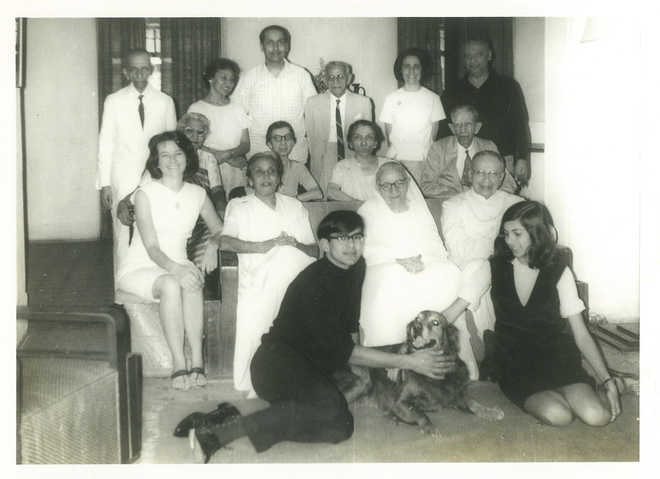Aradhika Sharma
A handsome Naval officer commits a crime — a (premeditated?) murder — after his wife confesses to infidelity. He signs for a service revolver from the naval armoury, drives to his wife’s lover’s house, rings the bell and is let in. He then finds the man and shoots him dead. After that he walks into a police station and gives himself up. And this murderer has the whole country rooting for him. The then Governor Vijaylakshmi Pandit (no less) grants him a pardon; the media aggressively fights his case outside the court. A criminal becomes a hero of the nation; a murderer escapes the gallows and with honour, too. An unremarkable crime becomes an epic love story that is still creating awe decades later.
The image of the ‘hero’ gets reiterated whenever the tall, handsome Lt Commander Kawas Nanavati appears in court, resplendent in his white uniform and glittering medals. He is protected by the government and loved by the masses. This crime inspires many books, interviews, memoirs by the people who are involved by association. The lover is painted as black as can be; the erring wife, the charming Englishwoman, Sylvia, is sympathised with as being haplessly led into unfaithfulness by a charismatic scoundrel.
The public opinion was led by the editor of the Blitz magazine, the formidable Russi Karanjia, who dedicated himself and his widely read tabloid in clearing Nanavati’s name. The Blitz’s campaign was the forerunner of what today is called, trial by the media. Crimes of passion happen frequently enough and the Nanavati case has been, to use a pun, ‘done to death’. But Karkaria’s book still retains a stranglehold on the reader, presenting fascinating facts and insights that have been missing from the glamourised and sanitised versions we’ve had through in narratives and films — most recently Rustom. She paints the picture of Bombay in the 1950s and 1960s to give the reader a visual setting of the city in that decade. There are also interesting vignettes of the well-connected Nanavati family, of the wife Sylvia — a dutiful daughter-in-law by all accounts and the three children. There’s a description of Prem Ahuja’s sister, a pleasant person it is said, unlike the scheming siren she was made out to be. Imperceptibly but surely, battle lines were drawn between the Parsis and the Sindhis as both the communities took a stance.
In a chapter Prem the Charmer Not Just the Snake, Karkaria talks about Prem Ahuja, the victim — who ‘has been thrown into posterity as unmitigated villain’. But was he really as dark as he was made out to be? In the case in which Prime Minister Jawaharlal Nehru himself intervened, Karkaria sets out to deconstruct the crime and recreate the environment that pushed for the verdict. Important names that make an appearance in the pages of Karkaria’s book include Lord Mountbatten, Ram Jethmilani, Jawaharlal Nehru, Karl Khandalavala and Defense Minister VK Krishna Menon to name a few.
The Nanavati case also marked the end of the jury system after the jury returned with a verdict of ‘not guilty’ at the end of the trial, which was termed ‘perverse’ by the law pundits and soon thereafter rang the death knell of the jury system.
In addition to the solid research and logistics that have obviously gone into the documentation of the facts in her book, Karkaria’s own imitable humorous acerbity adds to the narrative as do the pictures that dot the pages, creating a visual acuity to a case gone but not yet dead!
Unlock Exclusive Insights with The Tribune Premium
Take your experience further with Premium access.
Thought-provoking Opinions, Expert Analysis, In-depth Insights and other Member Only Benefits
Already a Member? Sign In Now










